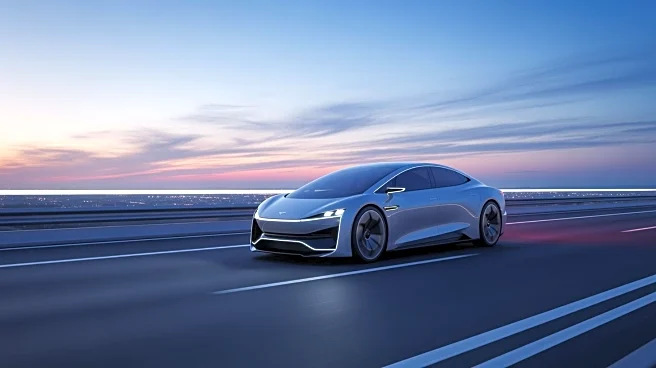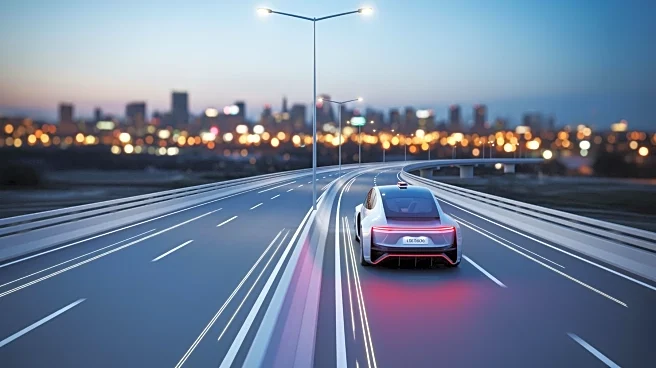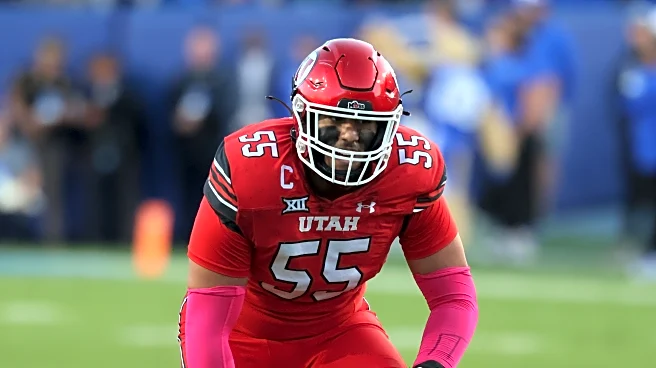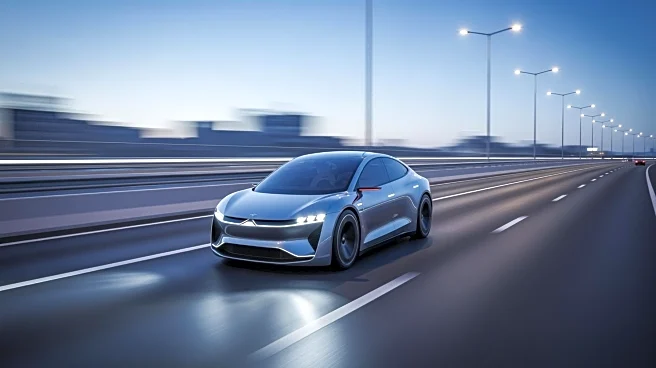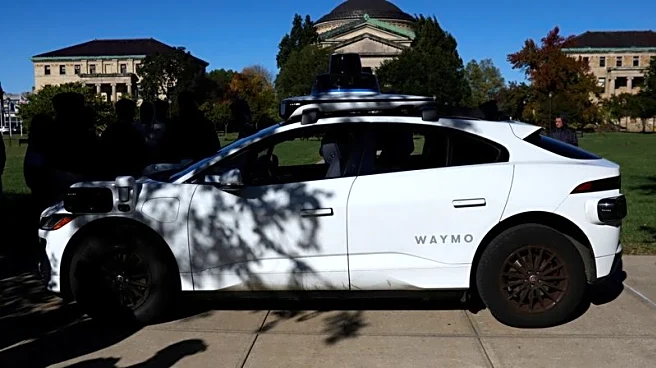What's Happening?
Tesla is actively expanding its robotaxi service across the United States, aiming to operate in eight to ten metropolitan areas by the end of 2025. The company has already launched services in San Francisco
and Austin and is targeting cities like Las Vegas, Phoenix, Dallas, Houston, and Miami next. Tesla is on a hiring spree, with over 40 job openings related to the robotaxi initiative, including roles for vehicle operators and specialists to manage logistics and vehicle incidents. Despite the expansion efforts, Tesla faces regulatory hurdles, as it needs approval from various state authorities to operate commercially. The company is leveraging its vision-only system, which uses data from millions of Tesla owners, to expand its service more quickly and cost-effectively compared to competitors like Waymo and Zoox.
Why It's Important?
Tesla's robotaxi expansion is significant as it represents a major push towards autonomous driving technology, which Elon Musk has stated is crucial for the company's valuation. The initiative could potentially transform urban transportation, offering a scalable and cost-effective alternative to traditional ride-hailing services. However, Tesla's progress is hindered by a lack of a unified federal regulatory framework for autonomous vehicles, leaving states to set their own rules. This patchwork of regulations poses challenges for Tesla's commercial operations, impacting its ability to compete with established players like Waymo, which has already completed hundreds of thousands of rides. The success of Tesla's robotaxi service could influence public policy and drive further innovation in autonomous vehicle technology.
What's Next?
Tesla must navigate various state regulations to achieve its goal of operating robotaxis commercially by the end of 2025. The company is required to obtain permits and meet specific milestones in states like California, which have stringent regulations. In Texas, new regulations will require autonomous vehicle operators to receive authorization for commercial use starting in May 2026. Tesla's ability to overcome these regulatory challenges will be crucial for its expansion plans. The company is expected to continue hiring and deploying test drivers to train its autonomous software, while also addressing insurance and incident management processes. Stakeholders, including local governments and regulatory bodies, will play a key role in shaping the future of Tesla's robotaxi operations.
Beyond the Headlines
The expansion of Tesla's robotaxi service could have broader implications for urban mobility and environmental sustainability. Autonomous vehicles promise to reduce traffic congestion and emissions, contributing to cleaner and more efficient cities. However, ethical and safety concerns remain, as the technology must prove reliable in diverse urban environments. The initiative also raises questions about the future of employment in the transportation sector, as automation could displace traditional driving jobs. Tesla's approach to scaling its service using a vision-only system challenges the industry norm, potentially setting new standards for autonomous vehicle technology.


